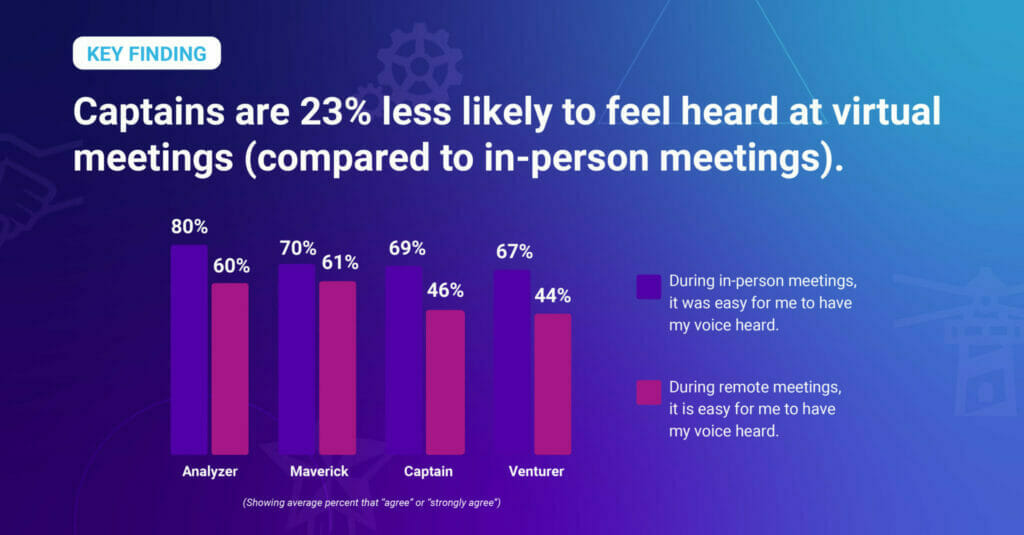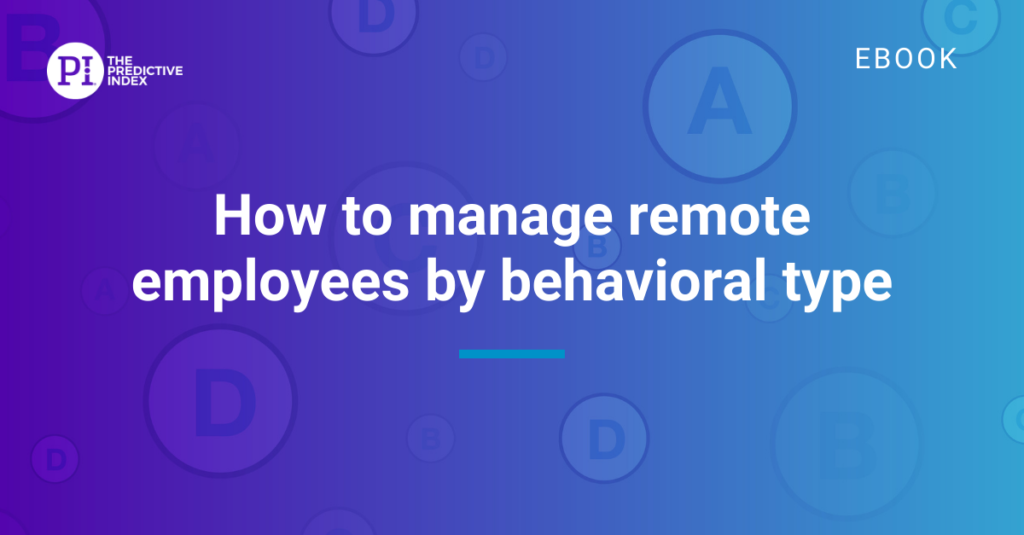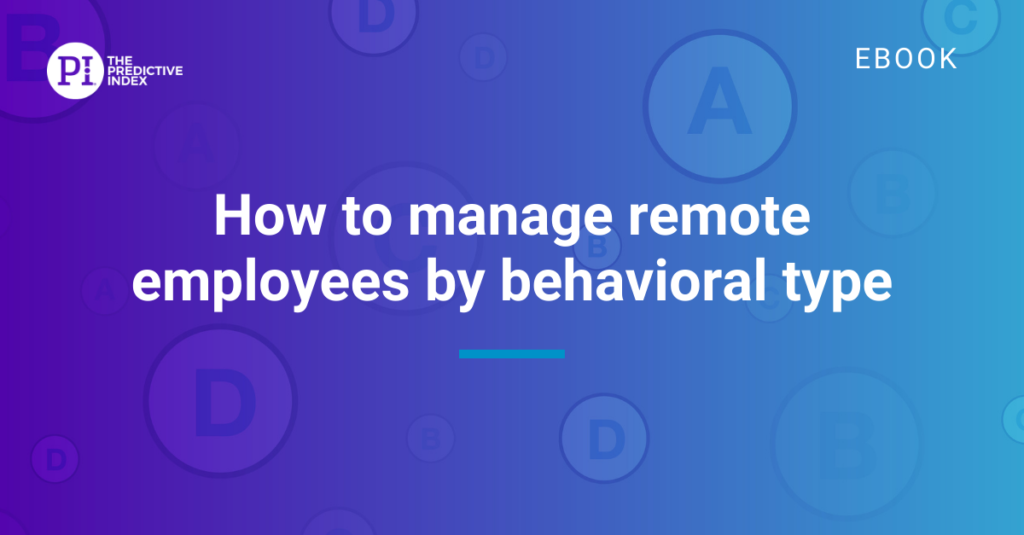10 min read
As the future of leadership is multimodal, a company’s success will hinge on its leaders’ ability to assemble and manage high-performing hybrid teams. There’s no shortage of tips for managing hybrid teams. You’ll find good thought leadership on the topic, too, like Harvard Business Review’s thoughtful article on creating the office of tomorrow.
PI clients have an additional tool for managing hybrid teams: PI Design™.
Maybe you’re preparing to return to the office and manage your first hybrid team. Or perhaps you’re an expert at leading distributed teams by now. Either way, the Team Discovery™ tool within PI Design will help you enhance hybrid team dynamics and mitigate hybrid team struggles—so you can sail confidently into the future of work, and your team can thrive in this new environment.
The impact of behavioral drives in a hybrid workplace
Successfully leading a hybrid team requires leaders to:
- Understand how individual team members are behaviorally-wired
- Understand the team’s collective behavioral makeup or “Team Type”
- Understand the impact of behavioral drives in a remote workplace
- Understand the impact of behavioral drives in a hybrid workplace
Let’s look at an example. Captains are dominant and extraverted. With an innate need to make an impact and influence the work to be done, Captains often use body language to command a room and get their opinions heard. When interacting virtually, it’s harder for them to do this. And it takes a toll: Captains are 23% less likely to feel heard at virtual meetings compared to in-person meetings.

When some employees are in-office and some employees are working from home, it can be even more difficult for Captains—and other high-Dominance Reference Profiles—to get their needs met. Read on to learn actionable strategies for mitigating problems caused by hybrid work environments.
Use PI Design to improve hybrid team dynamics.
Note: If you’re new to PI Design, start here. If you’re looking to maximize your use of Teams, skip ahead to the Become a PI Design power user section.
Communication, decision-making, and conflict resolution can easily go awry when co-workers are in different locations—especially when behavioral needs aren’t being met due to the work environment.
Through self-awareness and empathy, your team members’ ability to embrace different work styles can set the stage for top-notch team dynamics, regardless of where each individual is located.
Using the Team Discovery tool, complete these four steps to discover your Team Type and improve hybrid team dynamics:
1. Build awareness.
First, create a new team and add your team members to it. From within the software, you can invite your team members to take the PI Behavioral Assessment.™ They’ll receive an email notification prompting them to login. After they complete it, you’ll see them plotted into one of four quadrants.
Now you have valuable people data. It helps you become aware of how each team member prefers to communicate, make decisions, and resolve conflict.
2. Gain insight.
Click on any person’s initials to view their strengths, preferred work style, and potential blind spots. Notice which quadrant each person falls into–and if you have any “flexors.” These individuals are plotted close to the center, which means they’re highly adaptable depending on team needs.
Ask yourself: How are my team members’ natural work styles similar? How are they different? What degree of empathy needs to be in place to meet in the middle and satisfy each person’s needs?
Next, click to find out your Team Type. As mentioned above, this is your team’s collective behavioral style. You’ll see team strengths, potential blind spots, and team building activities.
3. Take action.
Have a conversation with your team. Walk them through each individual’s behavioral overview, as well as the team’s collective strengths and blind spots. Invite their feedback.
Click to download the Team Building Activities Worksheet. Together, decide how you will communicate, make decisions, resolve conflict, and support each others’ natural work styles. Discuss how your hybrid team will collaborate and maintain team culture, even when distributed.
4. Follow through.
Hold yourself and your team accountable for supporting this way of working so you as a hybrid team can be just as—if not more—effective as a team working in the same physical location.
You’ll likely have team members in different quadrants. Some may focus on innovation, others on process. Some may be people-focused, others add discipline. Each of these work styles plays out differently depending on whether you’re managing an in-office employee or a remote worker.
You’ll likely have team members in different quadrants. Some focus on innovation, others on process. Some employees are people-focused and others focus on results. Each of these work styles plays out differently depending on whether you are managing an employee in the office or a remote employee. The following pages provide insights on how your employees may show up at work differently given their work location, and offer tips to effectively manage your hybrid team.



